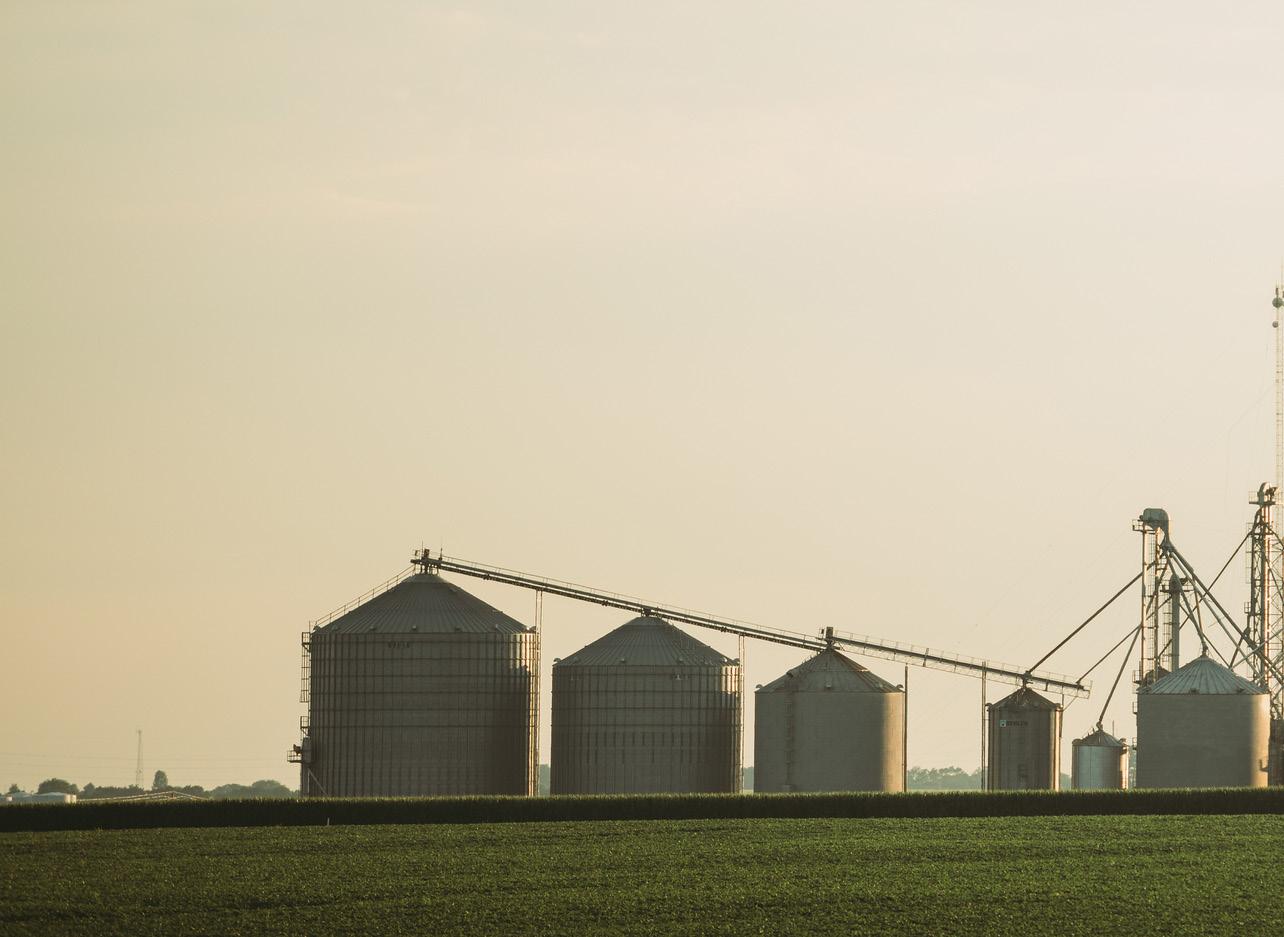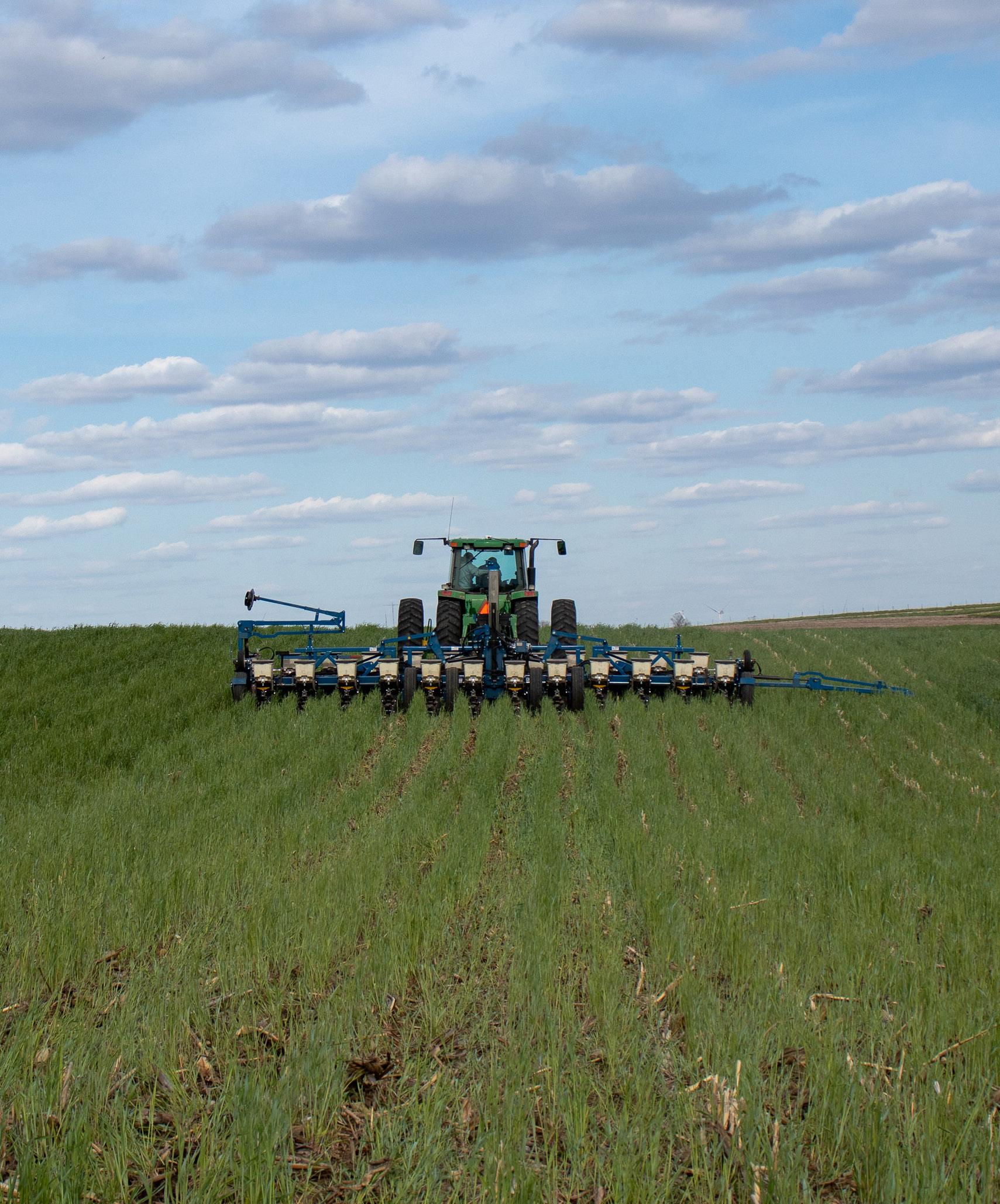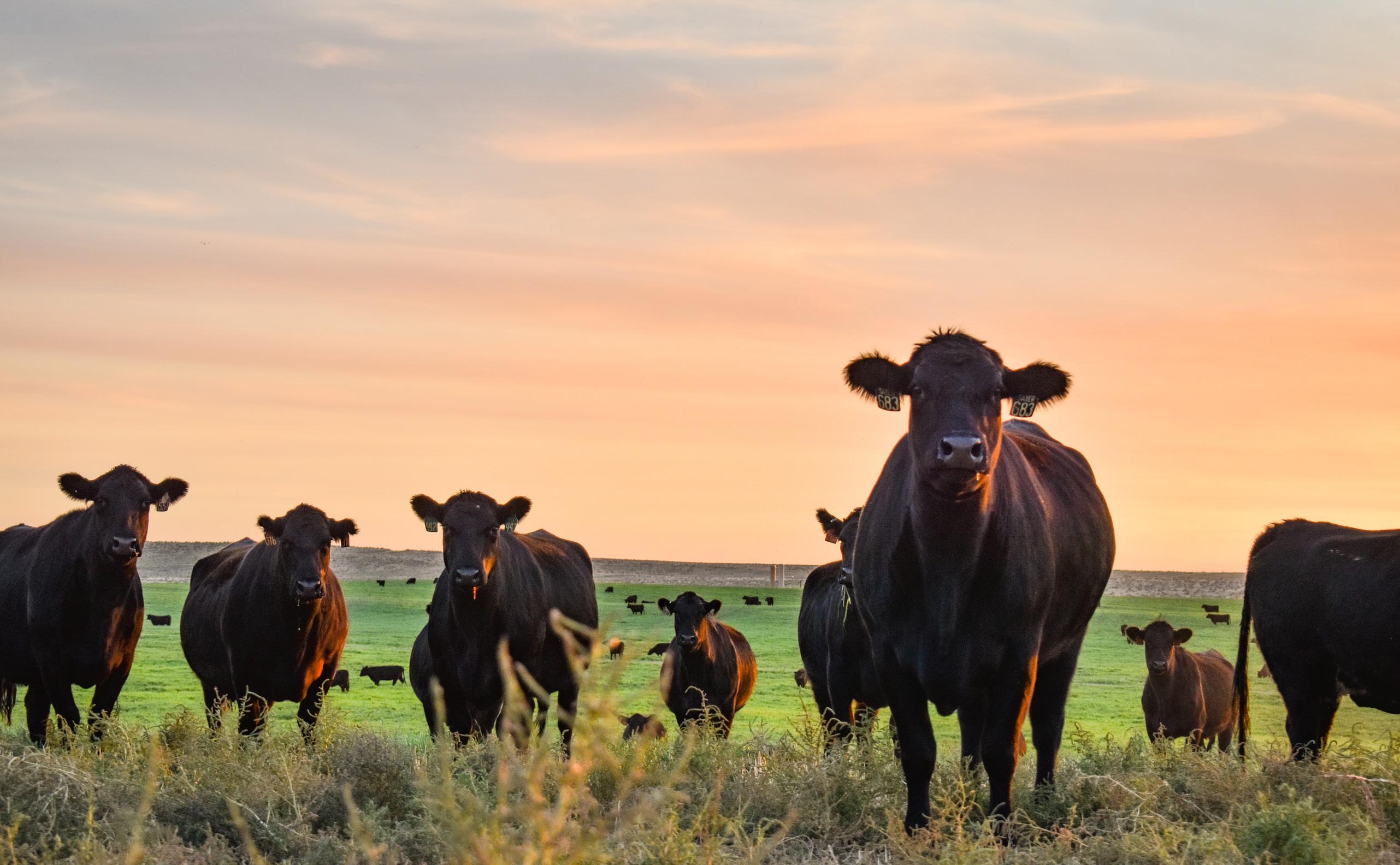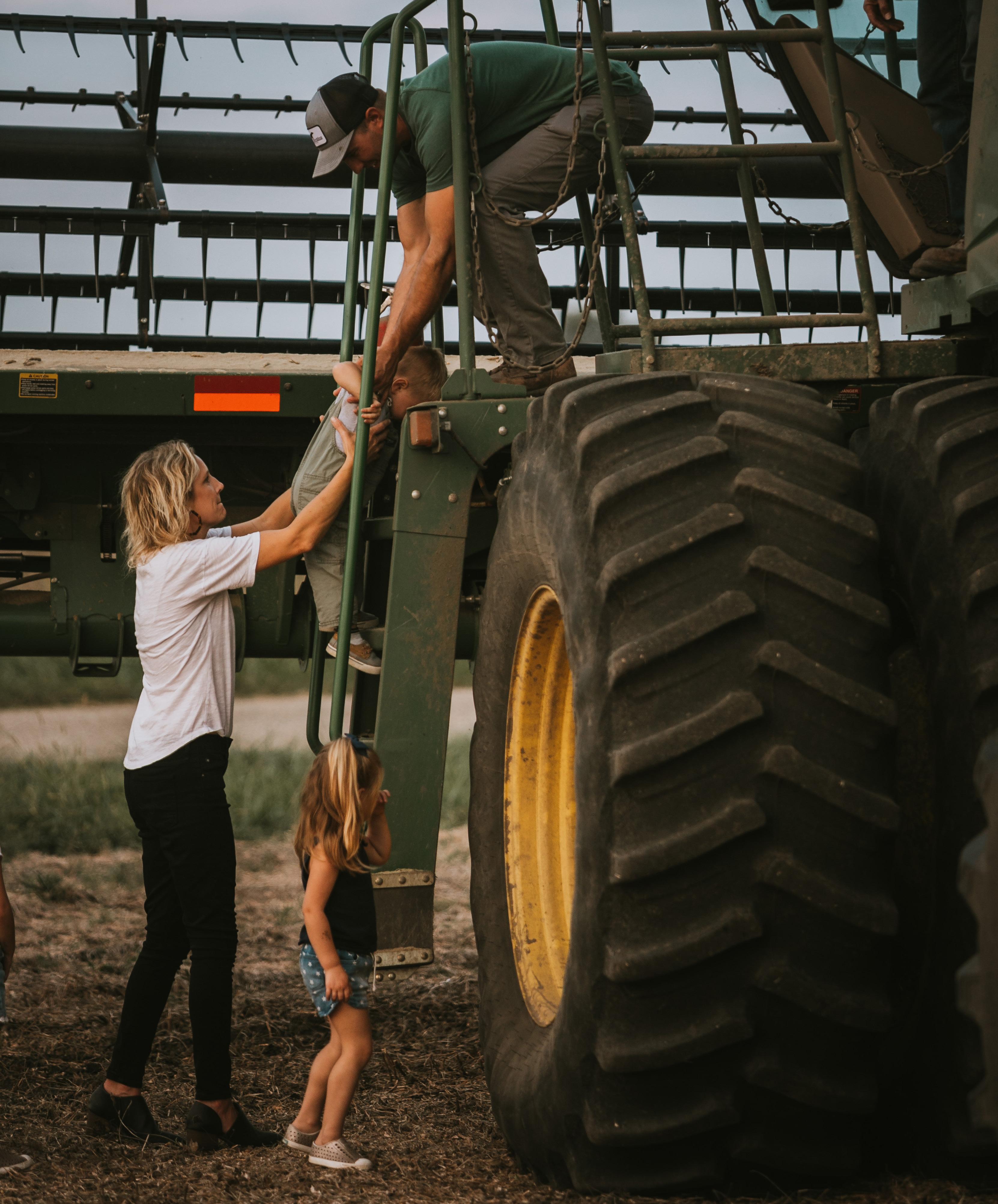
8 minute read
A House Divided Cannot Stand
Illinois Field & Bean sits down with two farmer leaders, both of whom have served the IL Corn and ISA boards, to hear their perspectives on the commodity organizations' successful collaboration and its benefit to Illinois farmers.
By Claire Weinzierl & Lindsay Mitchell
Advertisement
We sat down with Pat Dumoulin, Hampshire, Ill. and Don Guinnup, Marshall, Ill. - two farmers who have served on the boards of both IL Corn Growers Association and the Illinois Soybean Association (ISA). Both farmers provide insights of the shared priorities and values of the commodity organizations and benefits of them working together on behalf of Illinois corn and soybean farmers.
How did you get started serving on our commodity boards?
Pat: Many years ago, my husband and I were visiting one day with a fellow farmer who had served on a board, and he suggested that my husband Bill apply. Bill wasn’t going to, but I pushed him a little and eventually he ran and was elected to the ISA board. I always went with him, and I sat in on the meetings because that’s what I was interested in. When his term was up, I ran! And then when my term was up, he ran again! For 24 years, there was a Dumoulin on the soybean board. In my last term with ISA, I was on both the soybean board and the ICGA board for like a year when I was finishing up soy and starting the nine-year term for ICGA.
Don: I attended Southern Illinois University (SIU) - Carbondale to study agriculture education. While I was there, I made a lot of friends and participated in several leadership organizations. I taught agriculture at Edinburg High School for a couple years but had the opportunity to farm full-time. I became involved in Farm Bureau, my township, and commodity boards. Some of my friends from SIU were involved with the Illinois Soybean Association, including Dave Hartke who was the chairman at the time. Hartke represented my district and so when the time came for him to term off, I got recruited to run. One of the rewards of serving on the board beyond advocating for Illinois farmers is meeting interesting people and developing valuable relationships. I served on the Illinois Soybean Board for six years and then a couple years later ended up being recruited for ICGA.
What drew you to serve? Why spend your time this way?
Pat: I was born and raised on a farm, and I just love farming. I wanted to spend the rest of my life on a farm. And I felt that God has been so good to me all the time that maybe I should give back a little bit of the goodness that he’s given me and I should share that in the agricultural world. That’s why I do it.
Don: My grandfather was a charter member of the Clark County Farm Bureau. He was a believer that farmers need to speak up and guide their own destiny. Both my grandfather and dad were active in community affairs. When you grow up seeing members of your family being active, you see the importance. We were raised with the mindset that a community is no better than the people in it that step forward. My involvement in youth organizations like 4-H and FFA greatly influenced my involvement as an adult. I came up in a family atmosphere where participation was understood and expected.
What are some similar priorities of both organizations?
Pat: The underlying priority is to help farmers, to not only be profitable, but to be treated fairly and to help farmers share the bounty of American agriculture with the rest of the world. My priority has always been about trade and that’s a priority both organizations share.
Don: The whole time I served on the soybean board, we were encouraged to go to each county in the district and visit with farmers. I would hear in the farm community that we are both corn and soybean farmers and we need to work together. A vast majority of issues are common denominators of both organizations: soil conservation, transportation, prices, crop insurance, and more. There are times where the organizations may disagree, as certain issues may be a higher priority in one group than the other, but working together is still important. From a political standpoint, legislators don’t want a divided agriculture community. In a state like Illinois where you have a huge urban population, it’s important that we all work together and have a common front.
Are there shared values between the orgs? What are they?
Pat: Of course – I feel that all commodities have a shared value. Most of the commodities in the Midwest are grown by all farmers. Anything that is good for one commodity is going to be beneficial for the individual farmer. Also, they are all grassroots organizations and the people that are involved are just really down to earth, with great morals and ethical values and those people cements the organizations together with shared values.
Don: I think the goals are to make life better for Illinois farmers, but the shared value is that we work on priorities like transportation, conservation, crop insurance, and that we represent farmers. Both groups have a duty to be good stewards of checkoff funds and use it in the best possible manner. We need to efficiently use that money to advance the priorities of Illinois soybean and corn farmers. That funding is the key factor that allows us to do that, be competitive, and conduct education programs for members, legislators, and the public, opening doors for new alliances.
What is the importance of both organizations working together?
Pat: President Lincoln said, “A house divided cannot stand.” Thirty years ago when I was going to DC, I remember someone saying, “These organizations need to speak as one.” I have always felt that is so true. Both organizations represent the same folks. United we stand! The power and the strength that we gain by that unity is powerful.
Don: First and foremost, farmers expect the associations to work together. Half of my ground is corn and the other is soybeans. The organizations need to be partners and can advocate more effectively when working together. We all have the same goal. We all need to be at the same table discussing our common problems and working on solutions together.
What have you seen in the last year that says “our partnership is on the right track?”
Pat: There's been a renewed sense of collaboration and that has encouraged much of our dialogue. I’ve seen the people much more interested in each other and I just think that’s a great, great asset.
Don: It’s great hearing reports of joint project efforts by both organizations. I’m so glad that we’re working together, talking to each other, and are seen in the same place. That really pleases farmers and the ag community. Corn and soybeans go up and down the same roads, cross the same bridges, travel in the same barges, head to the same processors - there’s so many common threads and when we work together on joint efforts, they’re noticed by the farm community. We need to keeping having conversations and continue finding ways to work together and look to the future.
What growth do you hope for next year in the partnership?
Pat: I would hope to see that partnership continue to expand and grow. Because this is a great foundation for Illinois farmers.
Don: The secret to a good marriage is communication. When you have a disagreement, you don’t leave because a void is there. It’s the same with this kind of marriage in the ag community. It may seem like a waste of time to communicate regularly but problems are avoided by having constant communication. It’s key to a future alliance and staying together. We have a Farm Bill coming up and I think corn and soybean priorities will be much the same. We need to be together and talking about our shared goals in these discussions. Checkoff payers will continue to support the checkoff as long as they see cooperation and results. You can do a lot more when you have multiple groups working together – it’s the only way we can survive and move ahead.

PAT DUMOULIN, IL CORN MARKETING BOARD AND FORMER ISA DISTRICT 2 DIRECTOR

DON GUINNUP, IL CORN GROWERS ASSOCIATION AND FORMER ISA DISTRICT 14 DIRECTOR









